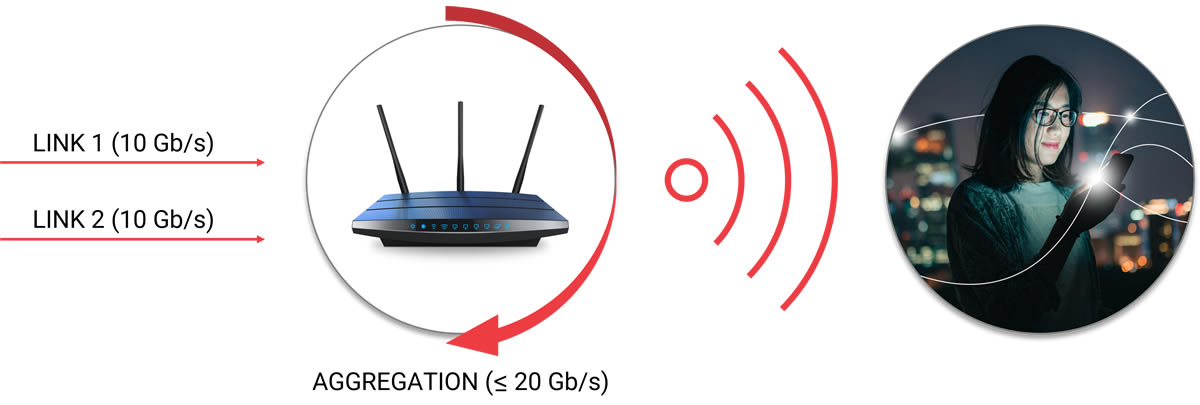ANSI/TIA-568.3-E Introduces New Polarity Methods

On September 29, 2022, ANSI released the latest revision of the ANSI/TIA-568.3-E, Optical Fiber Cabling and Components Standard. A couple primary introductions of interest to most users will be the addition of two new connectivity (polarity) methods for array (MPO)-based duplex applications. The revision also introduced revised guidance on pinning of connectors to better support future transition to end-to-end array systems.
Prior to the release of this revision of the Standard, connectivity methods for array-based duplex applications were limited to Methods A, B & C – each having its own strengths and weaknesses. ANSI/TIA-568.3-E introduced two new “universal” methods: U1 and U2. The advantage of these new methods is having the commonality components of Method B without the need for unique MPO*-to-LC modules on each end. Customers can now use the same MPO-to-LC modules and duplex patch cords on either end of the channel in conjunction with a Type-B trunk – thus simplifying deployments.
Methods U1 and U2 both use Type-B array trunks and A-to-B duplex patch cords. Where they differ is Method U1 uses Type-A (Key-Up to Key-Down) array adapters and Type-U1 fiber transitions which Method U2 uses Type-B (Key-Up to Key-Up) array adapters and Type-U2 fiber transitions as show below in Table 1 and Figure 1:
| Connectivity Method | Array Trunk Cable | Array Adapter | Fiber Transition | Duplex Patch Cord |
|---|---|---|---|---|
| U1 | Type-B | Type-A | Type-U1 | A-to-B |
| U2 | Type-B | Type-U2 |
Table 1: New Duplex Connectivity Methods

Figure 1: Connectivity Method U1
The key advantage of Method U1 vs Method U2 is that the use of Type-A adapters enables support of both multimode and singlemode applications as standard singlemode MPO connectors utilize opposing angled physical contact (APC) endfaces which are necessary to provide the more stringent return loss requirements of singlemode applications.
Additionally, Method U1 MPO-to-LC modules are ideal for use as a breakout or aggregation module for optical transceiver applications as shown below in Figure 2. For more information, see Siemon’s Tech Brief 40 to 400G Optical Transceiver Breakout Links.

Figure 2: Breakout Application via Type-U1 MPO-to-LC Module
Additional MPO connector pinning guidance was also introduced in this new revision of the Standard to better enable future transition of an array-based duplex system to an end-to-end array system. When mating MPO connectors – which use alignment pins – it is a requirement that one plug is pinned and the other plug is unpinned. As MPO active equipment ports are pinned, they accept only unpinned plugs.
Therefore, an optimally designed array-based duplex system intended to support a future transition to an end-to-end array system should specify the following as illustrated in Figures 3 and 4:
- Array trunk cables should be pinned on both ends
- MPO connectors within the MPO-to-LC modules should be unpinned
- Future array patch cords connecting MPO active equipment ports to the array cabling should be unpinned on both ends

Figure 3: Recommended Array-based Duplex System Pinning

Figure 4: Recommended Array System Pinning
With the release of Siemon’s new LightVerse® fiber connectivity platform, Siemon offers Type-U1 MPO-to-LC modules with unpinned MPO connectors in both Base-8 and Base-12 as the standard offering and recommends the use pinned array trunks ensuring the simplest design and implementation of array-based duplex systems, breakout applications and future transition to end-to-end array systems.
* MPO is a generic reference – Siemon uses MTP connectors which are a premium MPO connector for all array connectivity products


